Today, we embark on an enlightening journey through the underappreciated world of edible weeds that grace the landscapes of North America.
Uncovering Nature's Garden: The Nutritive Power of Common Edible Weeds
Among the myriad of plants that are unfairly labeled as mere edible weeds, lies a treasure trove of natural edibles teeming with vitamins, minerals, and essential nutrients. Let's delve into some of South America's most prolific and nutritious edible weeds unlike portulaca oleracea (Central America).
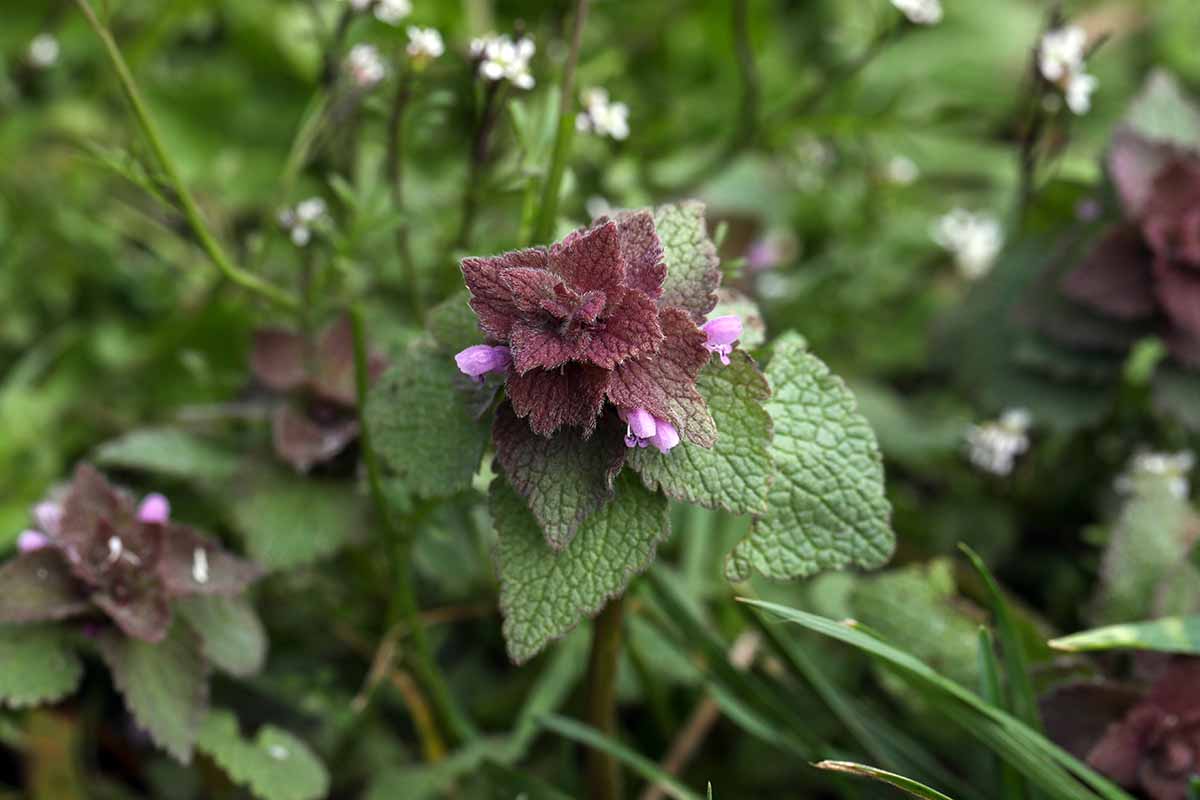
The Dynamic Dandelion (Taraxacum officinale)
Dandelion Green: Tender younger leaves that can be tossed into a salad or sautéed, boasting high levels of vitamins A and a peppery flavor.
Dandelion Wine: A delightful concoction made from the yellow flowers, immortalized in folklore and literature.
Dandelion Leaves: More than just a common weed, these can be used similarly to spinach, replete with culinary and medicinal applications.
The dandelion, a plant renowned for its resilience, is not only a ubiquitous lawn invader but a veritable natural food source. Every part of this plant is edible, from root to flower, and it's a common edible weed that doubles as a medicinal herb.
Wood Sorrel and Its Oxalic Twist
Recognizable by its heart-shaped leaves, wood sorrel adds a lemony zest to dishes.
Oxalic acidic gives it a unique flavor but should be consumed in moderation.
Wood sorrel, often mistaken for clover, is easily identified by its shamrock-like leaves and delicate white flowers. It's a refreshing addition to any wild foraged salad as wild edible weeds.

Stinging Nettle's Nutritive Embrace
Despite its sting, when prepared properly, nettle is a nutritious spinach alternative.
Young leaves should be harvested, blanched, or cooked to neutralize the sting.
Rich in iron and vitamin A, stinging nettle supports a healthy diet.
Stinging nettle, a plant respected by those acquainted with its prickly touch, transforms into a succulent green when given the right culinary treatment.
Purslane - The Omega-Rich Ground-Cover
This fleshy, succulent weed contains more omega-3 fatty acids than some fish oils.
Its younger leaves can be eaten raw or cooked, contributing a slight tang and crunch.
Often found in sidewalk cracks, purslane is a versatile and nutritious edible weed.
Purslane, often overlooked, can be a cornerstone in the diet of a survivalist, providing essential nutrients that may be hard to come by in the wilderness.
Garlic Mustard's Flavorsome Foliage
Edible Leaves: Ideal for adding a wild garlic flavor to dishes without using actual garlic.
Edible Flowers: These small, white flowers offer a decorative and flavorful touch.
Seed Pods: The seeds can be ground and used as a spice similar to mustard.
Garlic mustard is an invasive species that, despite its impact on local ecosystems, offers a bounty of edible parts that can be foraged from early spring through to the fall.
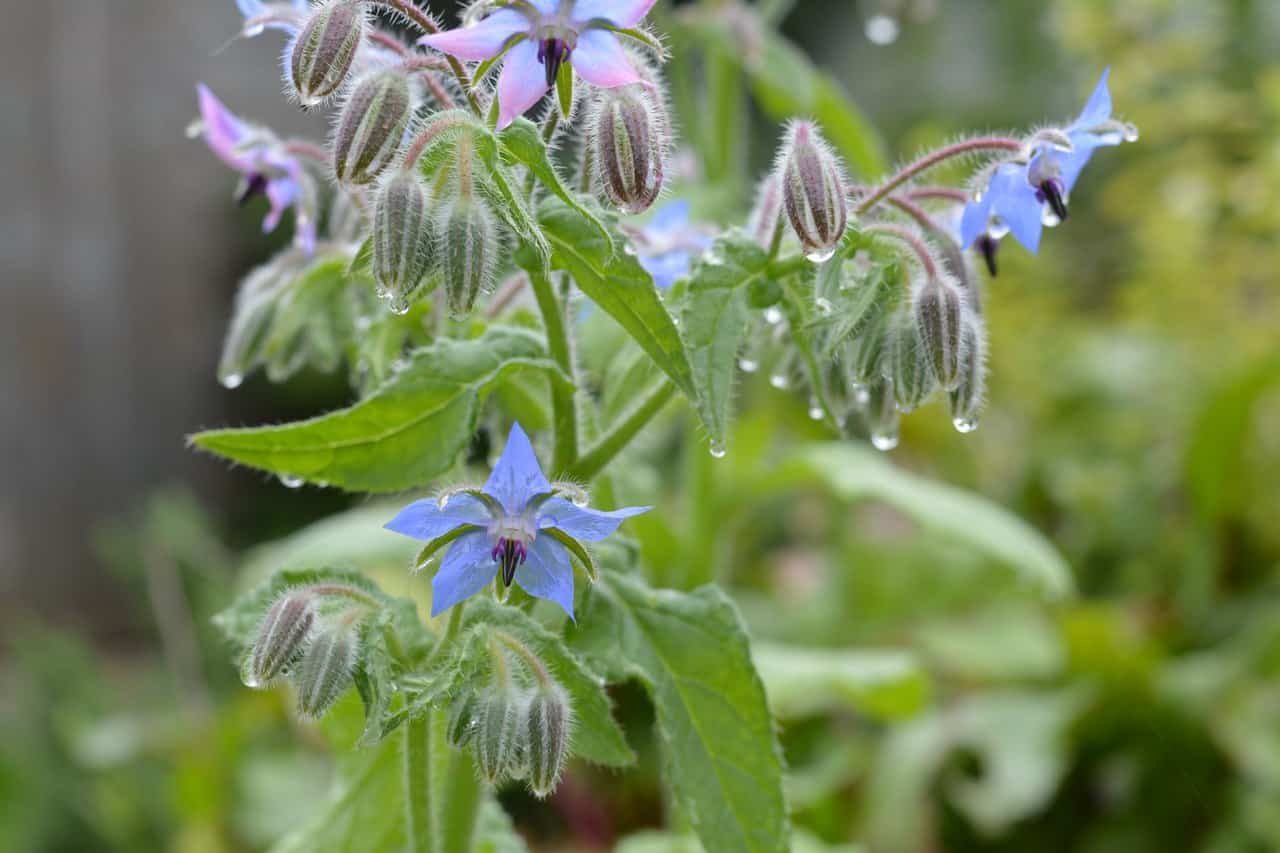
Japanese Knotweed's Culinary Versatility
Resembling bamboo shoots, the young shoots of Japanese knotweed can be eaten raw or cooked.
With a flavor akin to sour apples, it's often used in pies or jams.
High in vitamin C, it's a valuable edible weeds, especially in the spring.
Knotweed is often considered a troublesome invasive species, but its young shoots are a sought-after natural food, known for their unique flavor and texture.
The Understated Elegance of the Chickweed
Delicate, star-shaped white flower signal the presence of this ground-hugging plant.
Chickweed's leaves, stems, and flowers are all edible, with a mild, refreshing taste.
Often used in salads or as a spinach substitute, it provides a steady supply of vitamin C.
Chickweed may not be the most imposing plant in the wild, but its subtle flavor and nutritional benefits make it a valuable find for the discerning forager.
Exploring Further: Other Edible Weeds and Their Uses
The wilderness is rife with ready to eat plants beyond the few we've discussed. It's essential to have a broad knowledge base that includes:
Purple Dead Nettle: Despite its name, it lacks a sting and offers edible young leaves.
Plantain (Rumex crispus): Not to be confused with the banana-like fruit, this common weed has nutritious leaves.
Ground Ivy: This low-lying plant adds a minty flavor to dishes and can be easily identified by its scalloped leaves.
Hairy Bittercress: Early spring brings about this weed with edible leaves and seed pods.
Remember, when using backyard foraging for wild food, always be certain of a plant's identity alongside your seed pods. Misidentifying an edible weed can lead to unwanted health complications. Consult a field guide or seek the expertise of a seasoned forager to ensure a safe and rewarding experience.
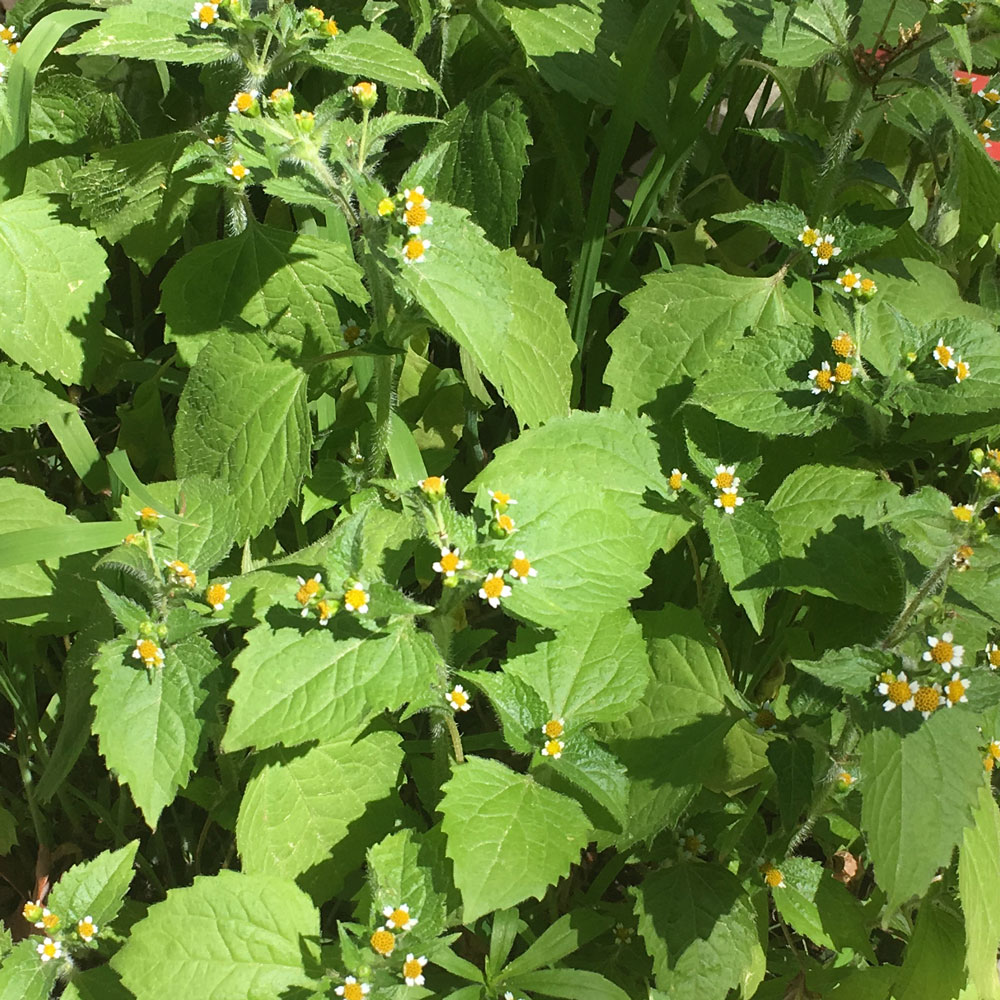
A Feast of Flora: The Bountiful Harvest of the Wilderness
Let's explore more verdant delights that decorate our surroundings with their subtle beauty and hidden virtues. These humble species, often dismissed as mere edible weeds, are in fact rich sources of nourishment and have much to offer to those wise enough to recognize their value.
The Unseen Harvest: A Closer Look at Nature's Offerings
The Subtly Striking Dead Nettle
The purple nettle, with its soft, purple-hued leaves, is neither truly a nettle nor does it sting.
Its leaves are a beautiful addition to any wild edible collection, adding both color and prepper nutrition to your foraged fare.
The leaf of this plant has a subtle, earthy flavor, making it an excellent addition to a wild foraged salad.
The Alluring Wild Garlic
With a scent and taste reminiscent of its cultivated cousin, wild garlic offers a potent punch of flavor to any dish.
The leaves are excellent for infusing dishes with a robust garlic essence, while the edible flowers add a delicate touch to salads and garnishes.
This plant, with its vibrant green leaves, is a treasure trove for foragers, especially in woodlands and shaded areas.
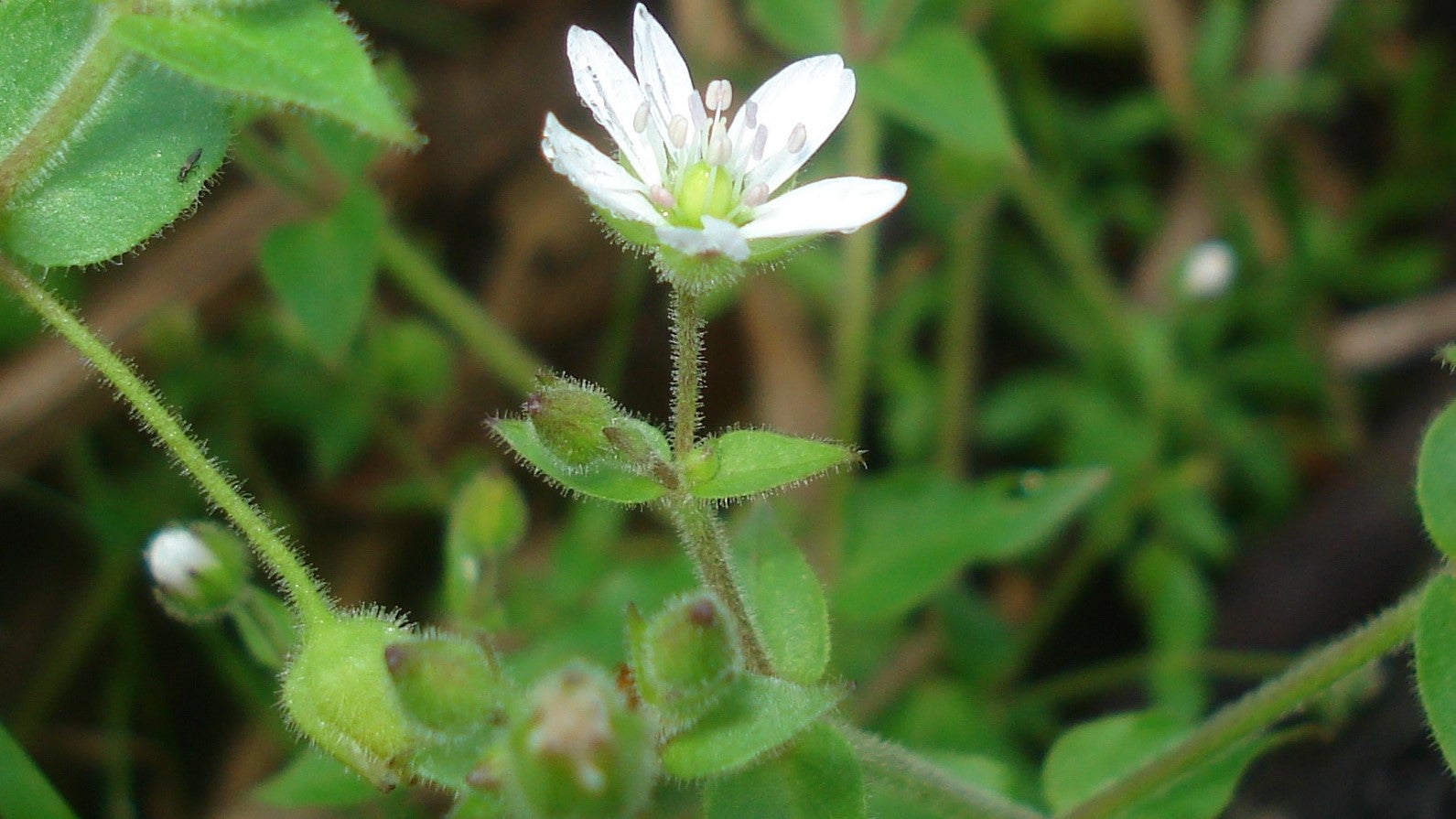
The Versatile Ground Ivy
Also known as creeping charlie, ivy is an herbal gem that creeps through many a garden and field.
Its leaves are subtly aromatic, and it is considered one of many medicinal weeds, with a history of use in herbal remedies.
This plant, with its rounded leaves and small purple flower, can add both medicinal and culinary value to your harvest.
The Hardy Plantain: Rumex crispus
Often mistaken for a commonplace weed, the broad-leaf plantain is a resilient wild edible found across many continents, including New Zealand.
With a texture akin to that of dandelion gren, it's a versatile leaf that can be consumed both raw and cooked.
Known for its medicinal properties, this plant has been used traditionally as a natural remedy for various ailments.
The Distinctive Hairy Bittercress
This small yet mighty plant, often found sprouting in the early days of spring, offers a peppery kick similar to that of French sorrel.
Both the leaves and the white flower of bittercress are edible, and the plant is known for its burst of flavor, despite its unassuming appearance.
It's a common edible weed that can be discovered in many a garden, pushing through cracks in the pavement or thriving in the wild.
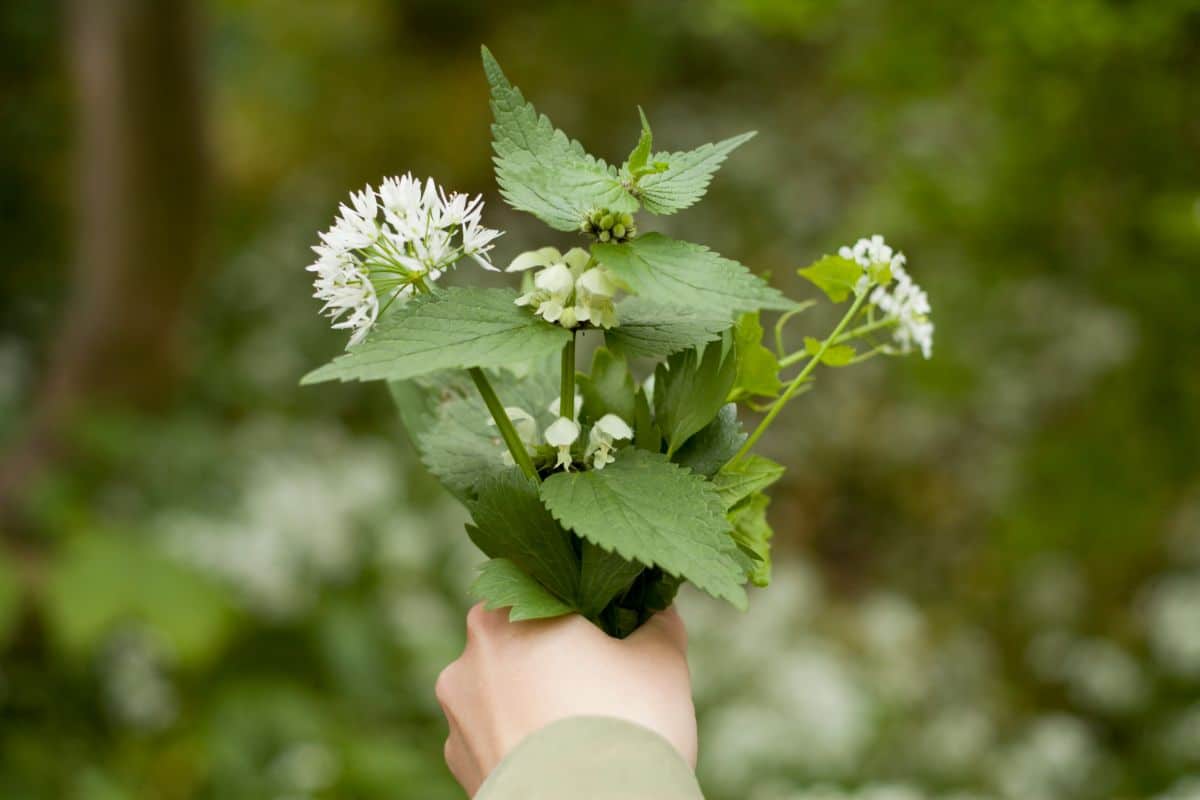
The Tangy Delight of Oxalic Acid
Plants containing oxalic acid, such as the beloved French sorrel, provide a unique tangy flavor that can enhance any wild edibles medley.
While these plants offer a distinct taste, it's important to consume them in moderation due to the presence of oxlic acid, which in large quantities can be unsuitable for certain individuals.
The Cheerful Dandelion: Taraxacum officinale
It is a powerhouse of the plant world, with every part of it being utilized for both its edible and medicinal qualities.
From dandelion wine, crafted from its yellow flower, to the nutritious dandelion green, this kind of wild edible weeds is a versatile and abundant source of sustenance.
Dandelion leaves, incorporated into a wild salad or brewed into a herbal tea, offer a wealth of health benefits and are a testament to the plant's adaptability.
Each of these plants, in their own unique way, contributes to the rich tapestry of edible wild food. The natural world provides us with an astonishing variety of tastes, textures, and nutrients, all wrapped up in what many might dismiss as inconsequential greenery. However, to the knowledgeable forager, they represent the components of a thriving and sustainable way of life.
As we tread lightly on the earth, foraging for what it generously offers, we unlock a deeper understanding of our environment and the intricate connections that sustain it. These edible treasures not only feed our bodies but also nourish our souls, grounding us in the cycles of life that unfold in the wild terrains we wander. So, take a moment to appreciate these humble plants; the leaf beneath your feet, the flower peeking through the soil, and the weed striving towards the sun. In these, discover the true essence of wilderness survival and the harmony that comes with living in tune with nature's bounty.
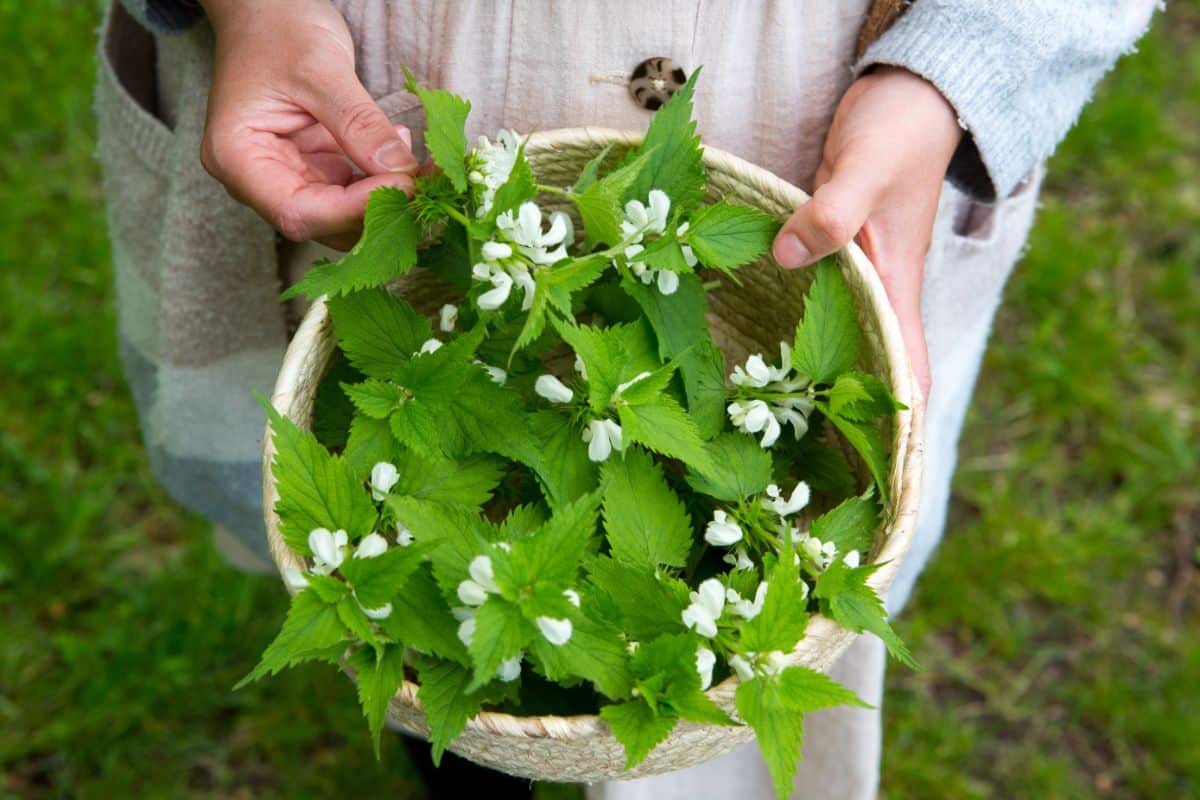
The Forager's Feast: Discovering Hidden Gems of the Wild
As we delve deeper into the untamed world that surrounds us, it is essential to highlight the lesser-known yet equally nutritious plants that often go unnoticed. My extensive experience in wilderness survival has taught me to appreciate the full spectrum of what nature's pantry has to offer. Let's continue our exploration of these edible weeds and uncover how they can enrich our diets and fortify our connection with the environment.
Medicinal Marvels and Culinary Delights in the Wild
The plant kingdom is replete with species that offer not just sustenance but also medicinal plants benefits. Here are some additional plants worth noting:
Lamb's Quarters: A Weedy Wonder
A relative of quinoa, this plant boasts a high protein content and a wealth of minerals.
The leaves have a mild, slightly nutty taste and can be used in much the same way as its domesticated cousin.
Often found in gardens and disturbed soils, it's a nutritious addition to your wild plant arsenal.
The Versatile Plantain: More Than Just a Weed
Known for its broad, ribbed leaves, this plant is a potent healer of wounds and insect bites thanks to its anti-inflammatory properties.
Its seeds are used in some cultures as a laxative, demonstrating its versatility beyond the plate.
The leaves are best enjoyed cooked, as they can be tough when raw.
The Mighty Mallow: An Ancient Superfood
The leaves and flowers of the mallow plant have been consumed since ancient times.
It's not only palatable but also rich in vitamin A and a soothing agent for irritated mucous membranes.
Roughly textured but mild in flavor, mallow leaves can thicken soups or be eaten on their own.
Foraging for Flavor: Edible Plants with Unique Tastes
The journey through the world of edible flora is also a culinary adventure. Here are a few more plants that bring unique flavors to the table:
The Subtle Wild Violet
Easily recognizable by its delightful purple flowers, the wild violet is a treat for the eye and the palate.
Both the leaves and the flowers are edible, with the latter bringing a sweet and floral note to desserts and garnishes.
These plants prefer shaded areas and can often be found in the cooler months.
The Fiery Flavor of Mustard Greens
These greens come from the same family as the commercial mustard plant and share its spicy kick.
The leaves, seeds, and flowers are all edible; the seeds can even be ground into a wild-crafted mustard condiment.
They are a bold addition to any dish, perfect for those who enjoy a peppery bite.
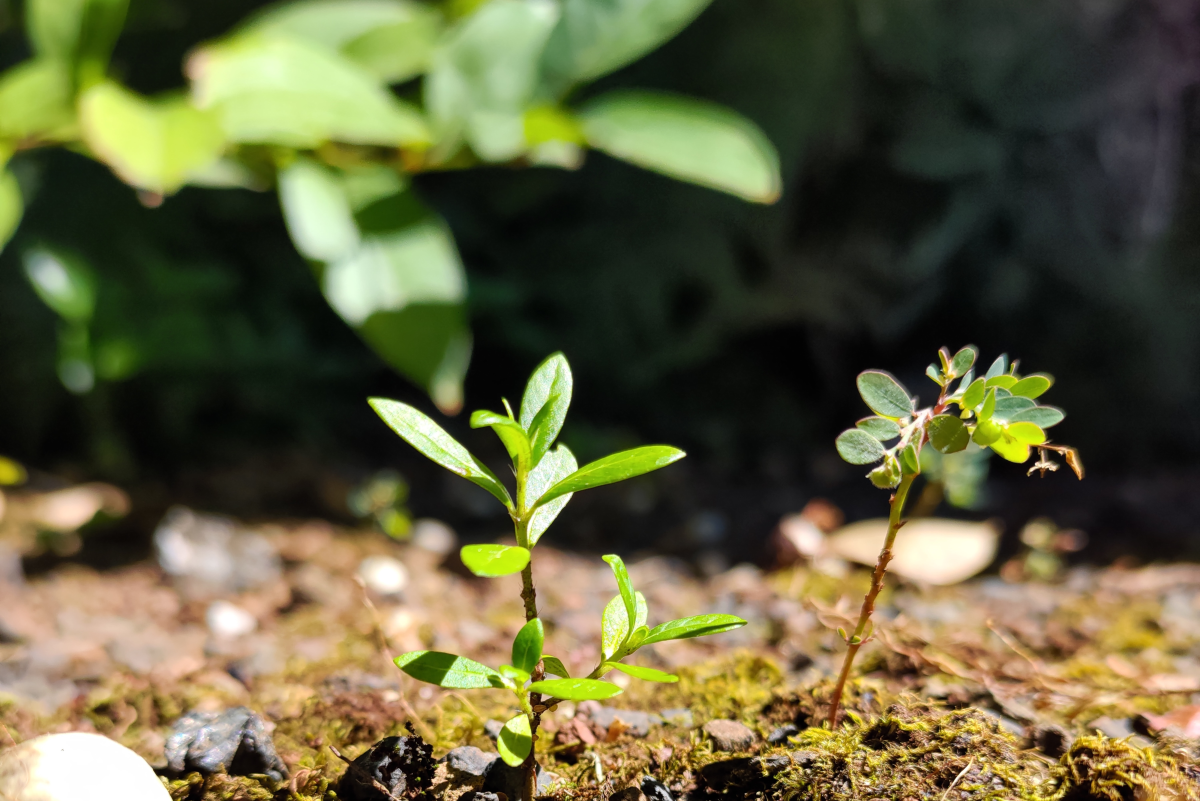
Curly Dock: The Tangy Wild Green
This relative of sorrel can be identified by its long, wavy leaves and distinctive seed stalks.
High in vitamin C, the leaves can have a slightly sour taste, which complements fatty foods well.
It's best to harvest the tender young leaf, as older ones can be overly bitter.
Safeguarding Your Health: Tips for Safe Foraging
Foraging is a rewarding practice that not only provides food but also promotes a sustainable way of living. However, caution must always be exercised:
Positive Identification: Never consume a plant unless you're 100% certain of its identity. Cross-reference with reputable guides or consult with experts.
Avoid Contaminated Areas: Steer clear of plants near roadsides, industrial areas, or places that may have been treated with pesticides or herbicides.
Allergy Awareness: If you're trying a plant for the first time, consume a small amount to ensure you don't have an allergic reaction.
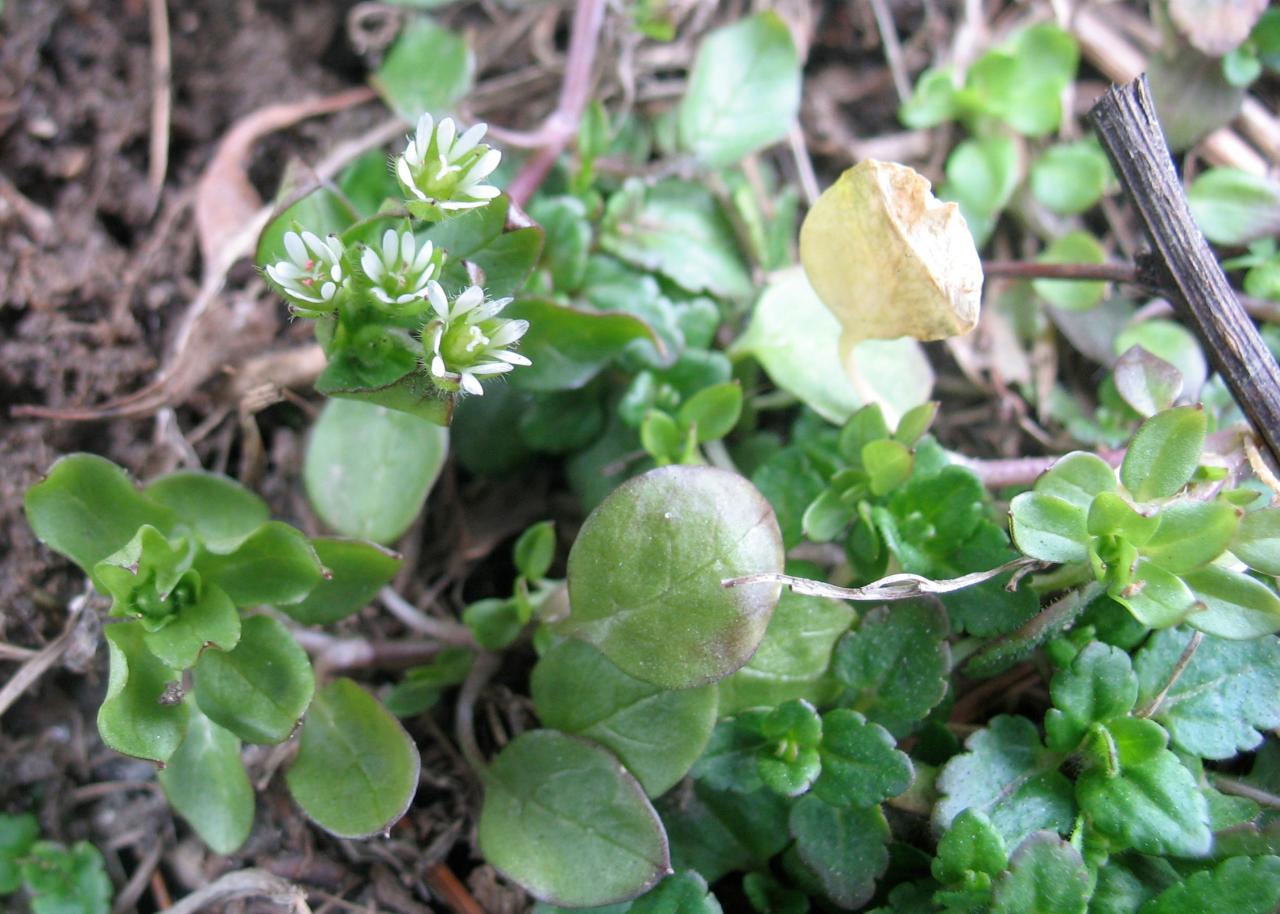
The Nutritional Powerhouses: Garlic Mustard and Dandelion Greens
Let's kick things off with garlic mustard, a widely available wild edible plants that often goes unnoticed. This plant is not only a tasty addition to your foraging basket but also comes packed with a burst of vitamins A and D, both essential for maintaining a healthy immune system.
Edible Part: The recent leaves of garlic mustard are most desirable, as older leaves can get a bit bitter.
Medicinal Benefits: It holds its own as a medicinal plant, known to have antiseptic properties.
Dandelion greens, on the other hand, are a familiar sight with their cheerful yellow flowers. These greens are nutritional giants, often used in wild plant recipes that deliver a burst of vitality to any survivalist's diet.
Edible Parts: Every part of the dandelion is edible, from the root to the flower.
Medicinal Plants: Known for its liver-detoxifying properties, it's a wild edible weed that doubles as a health tonic.
Expert Foraging Tips and Tricks
Now, let's channel the wisdom of Ellen Zachos exposed in recent posts, a beacon of knowledge in the foraging community alongside weed foragers handbook. Here are some tips inspired by Ellen and others, like the authors of The Weed Forager's Handbook and my own experiences in Backyard Foraging:
Identifying Your Greens
Visual Identification: Learn the distinct features of your target weeds, such as the leaf shape and flower type. A field guide or app can be invaluable.
Safe Foraging: Always be certain of a plant's identity before consuming it. When in doubt, leave it out
Harvest only what you need, and never take all the plants from a single area. This ensures sustainability for future foragers.
Preparing Your Bounty
Once you've gathered your edibles, proper preparation is key.
Cleaning: Rinse your finds thoroughly to remove any dirt or critters.
Cooking: Some plants may require cooking to neutralize bitter flavors or to break down tough fibers.
Preserving the Harvest: Edible Weed Preservation
Drying: Hang bunches of herbs in a dry, airy space or use a dehydrator.
Freezing: Blanch greens before freezing to preserve their nutritional value.
The Survivalist's Verdict on Weed Nutrition
In the realm of wilderness survival food, wild edible plants are not just a means to an end. They embody a blend of survivalist food sources and medicinal benefits, providing us with vital nutrients when conventional food sources are scarce. Foraging for food with these plants is not just about sustenance; it’s a skill that connects us with our ancient military and survivalist heritage, demanding a high level of understanding and respect for the natural world.
Harnessing the Wilderness for Survival
As a professional survivalist, understanding how to identify and make use of these edible weeds is more than a culinary exercise; it's a vital survival skill. By incorporating these wild edibles into your diet, you can sustain yourself nutritionally when conventional food sources are scarce. Remember, the key to successful foraging is knowledge, caution, and respect for nature.
In our explorations, we've only scratched the surface of the bounty that lies at our feet. Edible weeds offer an array of flavors, textures, and nutritional benefits that can enhance your wilderness survival repertoire. Keep these plants in mind as you navigate the wild, for they may one day be a crucial element in your survival strategy.
